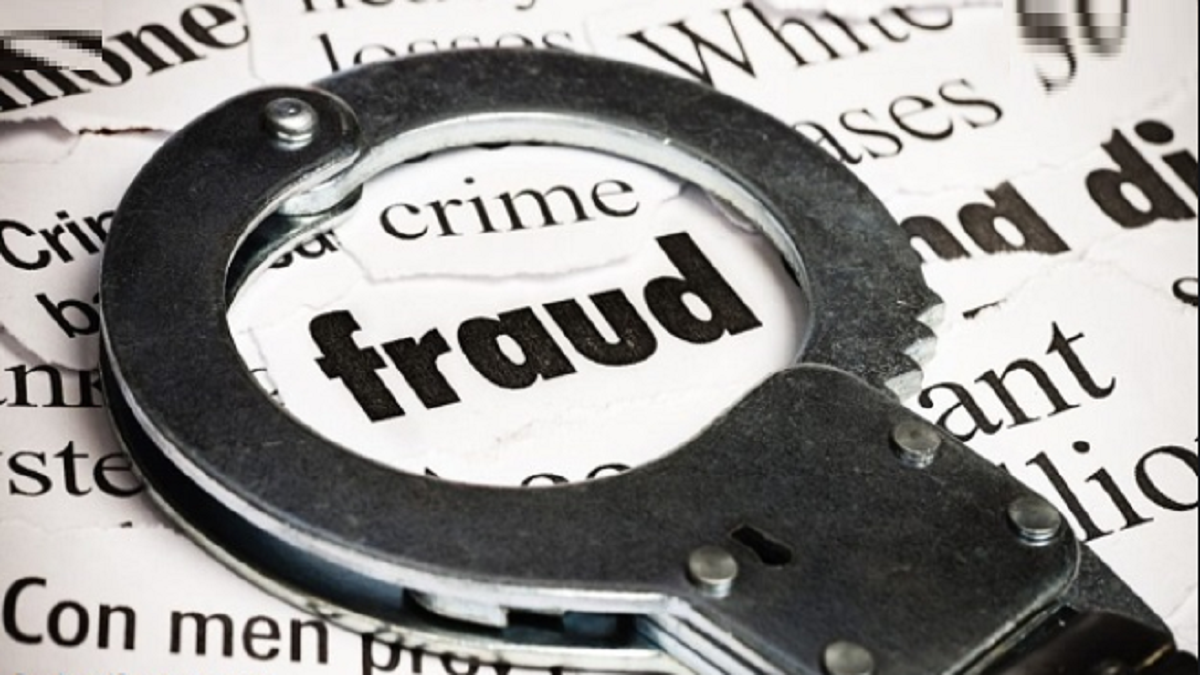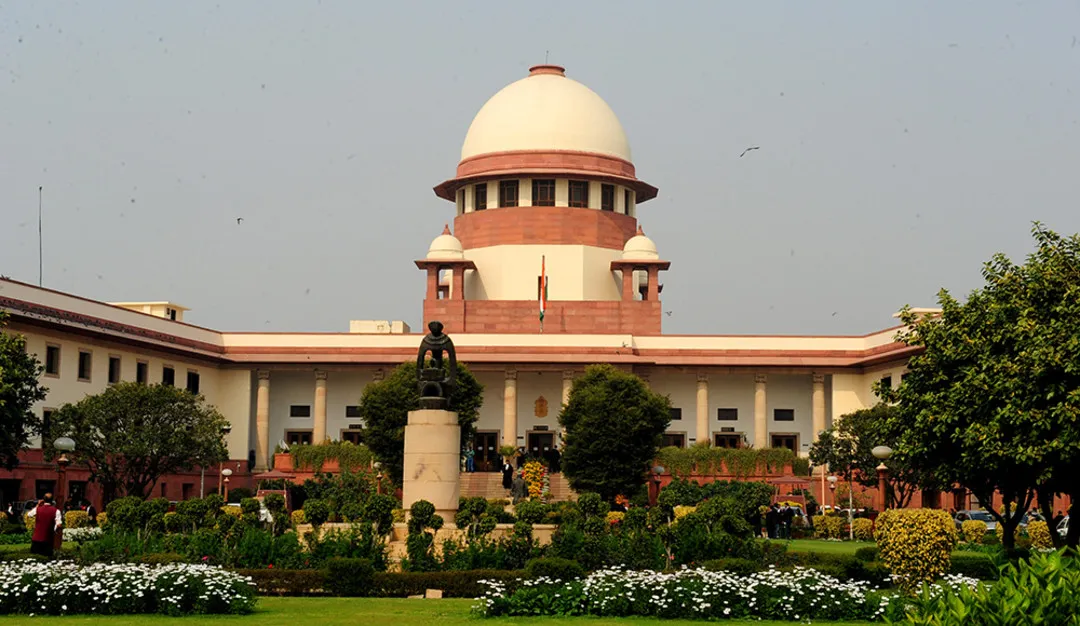Alleged Frauds… Mismanagement… Under-performance… Conflict of interests… Haven’t we seen most of those themes in the year that just whizzed by?
INTRODUCTION:
Corporate Governance is the set of rules and regulations that affects the way a corporation functions. It is the alignment of interest of individuals, large corporations and society. It aims at balancing economic and social goals between individuals, corporations and society. It is concerned with the shareholders and the internal aspects of the Company such as internal control and the external aspects such as organization’s relationship with its stakeholders as well as shareholders. Additionally, it helps the company attain its Corporate goals and having a strong monitoring mechanism.
Corporate Governance failures have the capability of inflicting the deadliest attack on Investors’ Trust. The after-effects of any Corporate Governance failures is a resulting wiping-off in billions of stock value.
The Indian market-regulator SEBI has taken significant steps in ensuring sufficient controls to manage Corporate Governance standards. However, despite efforts from the agency and others in ensuring a trusted environment, episodes of Governance failures are not remote.
A study of the world’s two biggest Corporate Governance failures sheds light on learning that practitioners of Corporate Governance could revise. The world’s biggest case-studies on Corporate Governance failures are Enron and Parmalat. While Enron entered various financial transactions to fudge the balance sheet by not revealing the accurate value of assets and liabilities and falsely maintaining the company’s credit rating; the alleged fraud at Parmalat went on for a whopping 13 years from 90s until 2003.
ENRON
Founded in 1985 through merging two gas pipeline companies, Enron was recognized as one of the 10 largest companies in the USA. The downfall of Enron began in August 2001 with the unexpected stepping down of the CEO, Jeffrey Skilling which was an unpleasant news for Enron’s stocks and they started to fall. It declared a non-recurring loss of 1 billion dollars. In the same year it disclosed an accounting problem because of the auditors. This really reduced its value in the market. Enron had to set aside a significant amount to show losses in two firms that were set up earlier to disguise its large debt. Post this, the share price of Enron could not be stopped from falling rapidly.
The fall of Enron was the result of its creation of SPEs (Special Purpose Entities) with the assistance of accountant- Arthur Andersen. Typically, Enron would transfer a high-rising stock to the SPE and take cash in return. This stock was then used to guard an asset on the balance sheet. The main agenda of the SPEs was to benefit from their accounting setup whilst keeping out its assets and liabilities from the scope of its balance sheet. This accounting structure painted a false picture to the world by hiding the debts from the investors and creditors. Numerous such transactions were entered into which eventually led to Enron’s fall. Additionally, the CFO’s calculated strategy of showing the company as sound and healthy when in-fact it was incurring losses, proved fatal.
PARMALAT
Parmalat dealt with milk and milk products. It was a family run business, founded in 1961 in Italy. Two decades into the business, it expanded into various other products including beverage and bakery. Its stocks were booming and reached a new record by 2002. Its financial performance had started to deteriorate and the management chose to cover it up through a fraud instead of solving the malaise. Over a period of 13 years, this fraud was enhanced through different unethical mechanisms. Dummy transactions involving the double-billing scheme were created to pump up the revenues. The proceeds from these fake sales were used to defraud the banks into lending more money. Fake assets were created towards detailing assets in their balance sheet. They sought help from the investment bankers and covered up the mountain of debt as equity.
Impact of Enron and Parmalat:
a. On Society:
The societal impact as a consequence of Enron was so severe that 5000 employees were rendered jobless. Many investors lost huge chunks of money (An unverified media report pegs the direct loss at $591 million and a debt of $628 million by the end of 2000). American citizens lost their trust in the stock once hailed as the ‘Darling of Wall Street’.
The Enron scandal depicts the worst fall in value of any stock. Auditors lost credibility. Similarly, the Parmalat episode also saw billions of Euros disappearing and a significant number of jobs being lost.
b. Legislative and regulatory:
Both cases paved way for newer legislation. Post Enron, the US government became conscious about the possibilities of a fraud and this led to the change in the regulatory scheme. Severe penalties for the liability of Corporate fraud were added. Legislation such as the Sarbanes-Oxley were introduced. The aim was to raise the standards of financial reporting, thereby tightening the compliance mechanism. After Parmalat case, the Italian government also pulled up their socks by considering similar new laws. They recommended an appraisal of the bankruptcy procedures. Banks’ lending procedures became stricter and a heavy cost of borrowing was imposed.
c. Finding Transparency:
These cases brought the lack of transparency in cynosure. In Enron the stakeholders and employees of Enron were unaware of the fraud that was being cultivated by the top management. Only when the investigation around the bankruptcy started, the stakeholders came to know about Enron’s poor condition. The CEO and the auditor created superficial funds to hide the business debts to create the false image and the employees were not aware of it. The CFO, created private partnerships which disguised the Enron’s liabilities to show a profitable picture. Thus, they failed to meet their moral duties.
In Parmalat the family members, deceptively concealed the reality through the monopolistic attitude of the family. The Board members were recruited by Tanzi (the owner) who comprised of his friends and family who shielded his fraudulent activities. The founder’s son and the daughter had the chance to drain more than 900 million dollars. They created false shell companies across the world to disguise the debts and deceive the investors. This case thus emphasized that transparency needs to be inculcated towards protecting minority shareholders’ interest as against that of the majority shareholder which was the Tanzi family. Also, honesty lies at the pedestal of strong corporate governance.
d. Infusing strong corporate culture:
Since the corporate culture was the prime reason for fall of both the enterprises, it is important to correct the disease inflicting the system. Employees and stakeholders should be taken in confidence. The shareholders should be kept in loop with what is going on in the organization. A more rounded strategy should be used to approach the supervision of the executives to accurately know the company’s functioning. The top level managers and the auditors have a fiduciary duty to act in the best interest of the employees and the stakeholders.
CONCLUSION:
Corporate Governance failures could be of different types and there is no standard type in which failure occurs. In the case of Enron, it was a sheer case of CEO and the auditor’s irresponsibility since they knew what was going on. The employees were not aware of it in both the cases. From the study of both the cases it has become evident that the impact of both the cases on the society was very huge. Many people were beneficiaries and dependents of both the organizations and therefore the managers had a duty towards them. Parmalat also had a major impact since it had monopoly in the lifetime milk, people had high hopes attached which increased its consumer base. Therefore, Corporate Governance failure cannot be separated from the society. The operations of businesses affect people at varied levels of business and the society and not merely restricted to making profit. Everything is now partnership centric and can’t be handled in isolation. It is necessary to inculcate transparency and accountability to consider the interests of all stakeholders.
The Corporate Governance is essential for the success of the business and strong checks and balances at various levels in the form of penalties, fiduciary obligations whilst ensuring transparency through inculcation of strong corporate culture is needed to save businesses from collapsing.























